Sound performance
For the purpose of this review, I used the Beyerdynamic DT900 Pro X, the Nostalgia Audio Camelot, and the all-new FiiO FF5, the same setup I used for my H7 review, and the lovely Letshuoer S12Pro. All files were streamed from Spotify and Apple Music, in Hi-Res when available, and my own catalog.
Overall signature
So, how’s that new “little” DAC, is it finally the real FiiO Q5 suppliant? Quick answer: yes!
The Shanling H5 emerges as a compact yet potent successor to the H7, retaining the same revered sound signature while presenting a more accessible package. Despite its smaller soundstage and reduced power, it manages to deliver a sound quality that stands toe-to-toe with its predecessor, offering an equally delightful auditory experience – not with power-hungry headphones though.
Right from the outset, the Shanling H5 impresses with its remarkable performance as a portable DAC, echoing the high standards set by the H7. Whether the source is Bluetooth, USB, or direct storage, the H5 delivers a stellar performance characterized by rich lows, vivid vocal renditions, and crisp highs. When paired with top-tier headphones such as the Meze 109 Pro, the results are nothing short of superb, offering a listening experience that is both immersive and deeply satisfying.
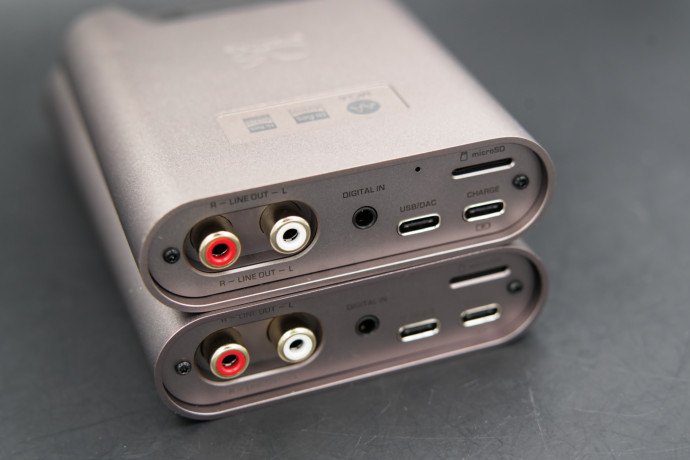
In terms of power, while the 4.4mm output remains the recommended choice for extracting the utmost performance from the H5, the classic TRS output surprises with its robust and powerful lows, even at low gain and volume settings. When paired with the Beyerdynamic DT900 Pro X, the TRS output truly shines, delivering a sound profile that is both rich and detailed, allowing the headphones to exhibit a full-bodied sound that brings out the best in both the lows and mids, offering an immersive auditory experience that is hard to match – seriously, get this headphone.
On the long run, the Shanling H5 kept on giving me a rich and detailed sound that easily rivaled larger, more expensive DACs and DAPs like my A&K SE180 – the one with AKM and ESS modules. The H5 managed to bring out the nuances in every music genres, from electro and jazz to classical and rock, providing a rich and detailed sound, without any noticeable distortion even at high volumes. Truly a testament to its engineering, and most of the time I came out bewildered, even more taking account of its relatively low asking price.
In fact, the H5 really feels like a shoehorned version of the H7, and for more than half the price, it doesn’t sound half as bad, only marginally falling short of the benchmark set by its predecessor on many aspects. In addition to that, the three levels of gain (low/mid/high) are adept at accommodating a wide range of headsets and IEMs – even the Hifiman Svanar – , ensuring a versatile performance that met 90% of my need. The mid and low settings, in particular, prove to be more than sufficient for most headphones and IEMs, offering a balanced and rich sound output. And, as I delve deeper into its sound profile over weeks of listening, the Shanling H5 stands tall, outperforming the FiiO Q5-TC by a good margin, and even competing with the H7 and Q7 in the sub-$1000 category and proving its mettle against desktop setups like the Hifiman EF400.
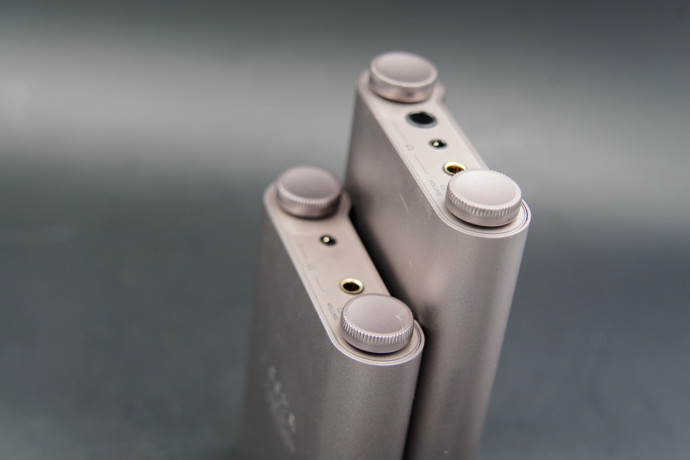
All in all, the Shanling H5 embodies a true top-of-the-line product, offering a high-end auditory experience at mid-end price. It retained the beloved sound signature of the H7 while introducing improvements that make it a worthy successor – a testament to Shanling’s commitment to delivering quality and performance in a more compact package. Kudos to the team!
Tonality
Highs: gorgeous, once again. Shanling is just flexing here, and the H5 outputs a superb upper range and does wonders once paired with a good headset like the Camelot. It’s always on point, accurate, and, even at low volume, the DAC was able to output a lot of information, pretty much like its predecessor. Amazing!
Mids: fast transients, slightly narrower soundstage. Voices have always been good on Shanling devices, and the H7 takes that to new heights. This is especially true with dynamic headphones like the Beyer or the Meze 109 Pro, or IEM like the Letshuoer who love its finesse, even paired with my cheap-but-funny Moondrop Chu. I love it!
Lows: deep and punchy. The Texas Instruments amps are lovely but, truth be told, I prefer the THX-AAA which go even deeper in this sonic range. While I was listening at Rainbow – 8Keys, the H5 achieved an impeccable performance, but didn’t reach the level of awesomeness I heard on the Q7, or the H7 in that regard. Still, for the price and, objectively, this is an awesome amp.
Tracks : Way down we go – Kaleo
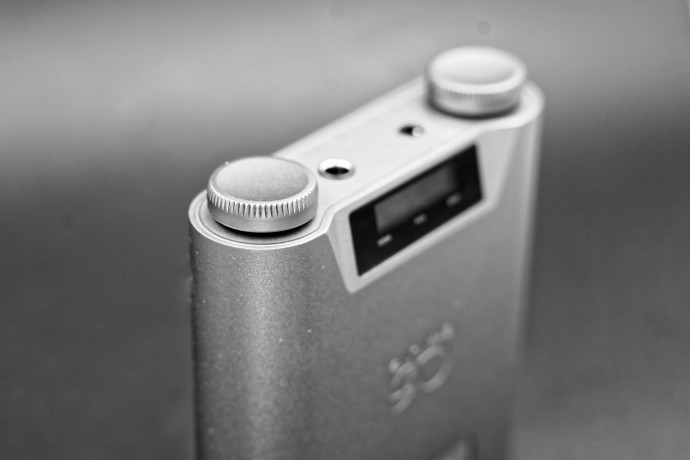
Noise and power
Noise: nothing to say, it’s dead silent, and my hypersensitive Onkyo could not spot anything, even with Bluetooth turned on. Of course, the higher the gain, the higher the noise, but I couldn’t discern more than a faint, faint, breeze when put in turbo mode. EMI shielding did a great job and I never encountered any parasites or any real buzz during my listening.
Power: Shanling offers three different levels of gain for its DAC/Amp. If low was already powerful enough to drive my DT900 Pro-X, the mid-level was the one I used for 90% of my headphones, even with the Audeze LCD-X. Obviously, if you want to drive cans like Sennheiser flagship, you can raise to high, or go balanced.
Line out: for those who need one, the Line-out is, once more, perfect. With a full-sized RCA port, I could connect my speakers without any adapter and got a true, pre-amp free, line-out. A true Swiss knife, for audiophiles.
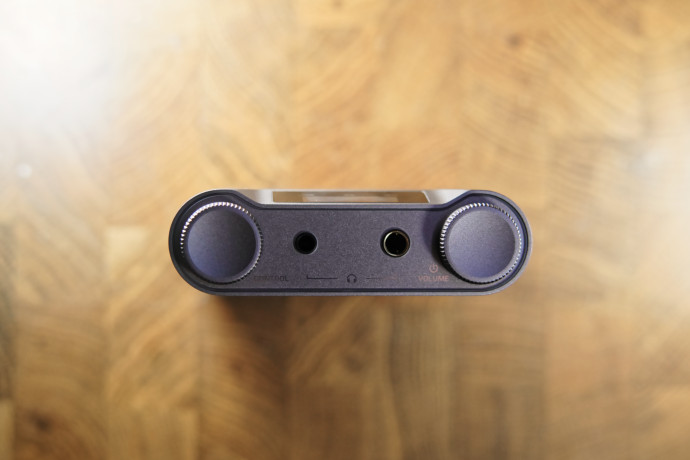
Conclusion
For $369, the Shanling H5 is a no-brainer: powerful, versatile, perfectly built, this DAC/AMP is a perfect addition to the brand’s line-up. A shoehorned version of the H7, lighter, shorter and, quite honestly, almost as good as long as you don’t push it to its limit, truly a mesmerizing device.
Pair it with a good set of headphones (Meze or Beyer) or some nice IEMs (like the Svanar, or the lovely S12 Pro) and you’ll be set up for years! A no-brainer, outperforming almost every DAC/Amp available in the $200/$400 at the time of writing, giving you the perfect setup on a go!
So yes, this DAC/AMP goes directly in our recommendation list, and if you’re out for a high-end amp, for mid-end prices, you should definitely try this one first, or at least add it to your list.
Summary
Pro’s
- Great sound thanks to the AKM + Texas Instruments combo
- Excellent versatility with more features that you’ll ever need
- the micro-SD feature is awesome, if you want to carry a backup catalog “offline”
- excellent quality/price ratio
- surprisingly good Bluetooth performances
Cons
- moderate battery life and no USB-PD
- still a bit bulky to really be called “nomad”





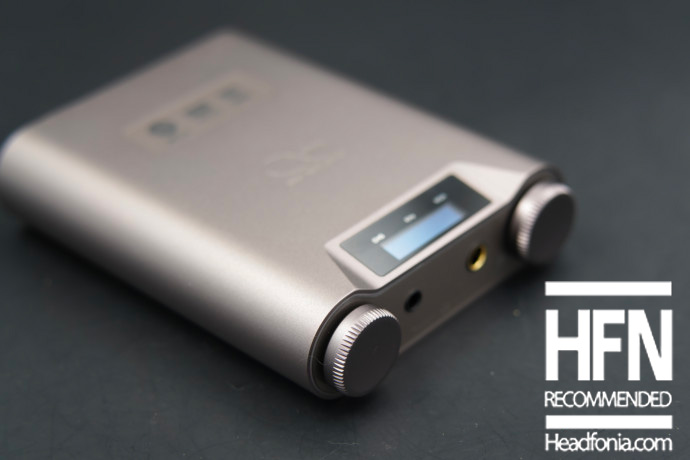
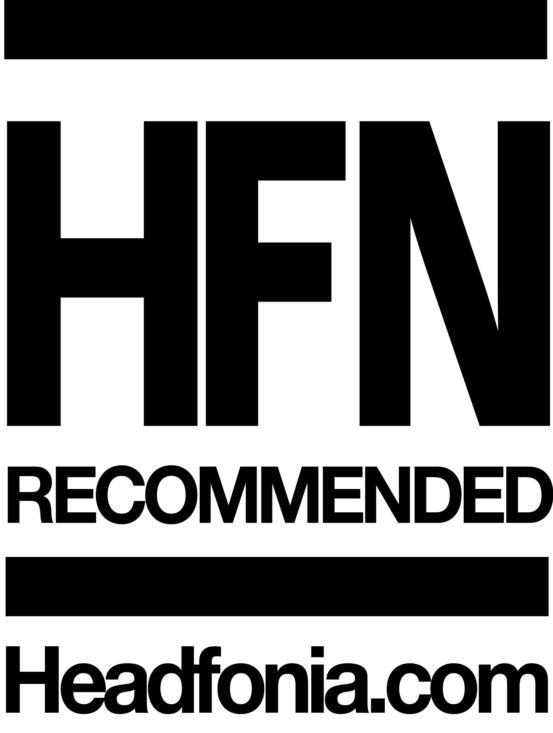

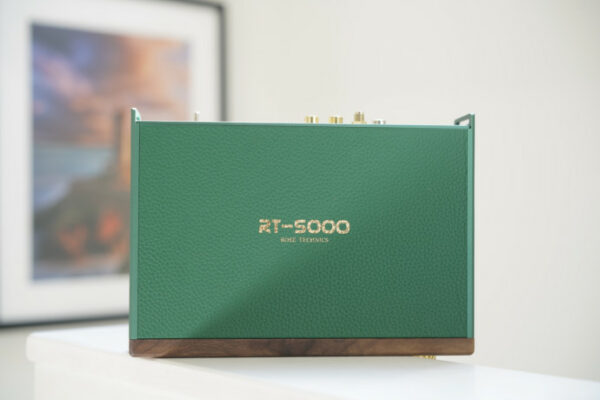
Gilles Vandermeer
Is the sound quality on par with something like the Chord Mojo 2?
I like the portability of both but also want to add it in my hifi system (setup: Wiim pro + Mojo 2 or only Shanling H5 as all in one device)